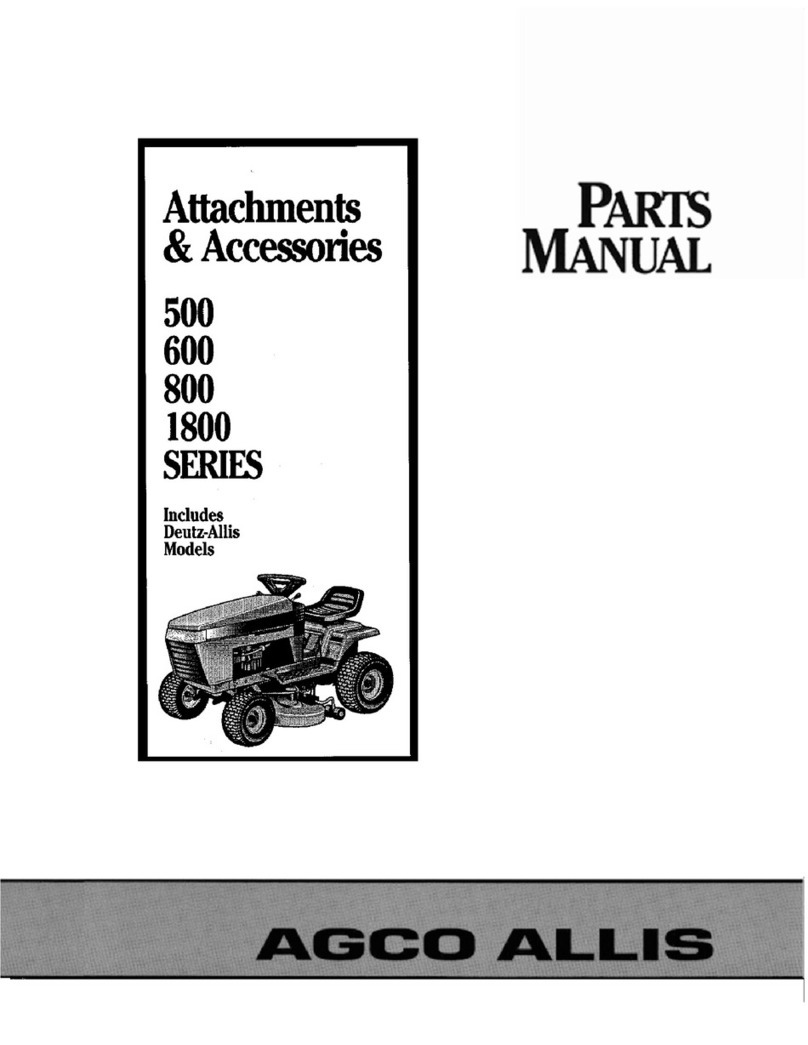AGCO Allis 1300 Series User manual
Other AGCO Allis Lawn Mower manuals

AGCO Allis
AGCO Allis 918H User manual

AGCO Allis
AGCO Allis 1615G User manual

AGCO Allis
AGCO Allis 1692035 User manual
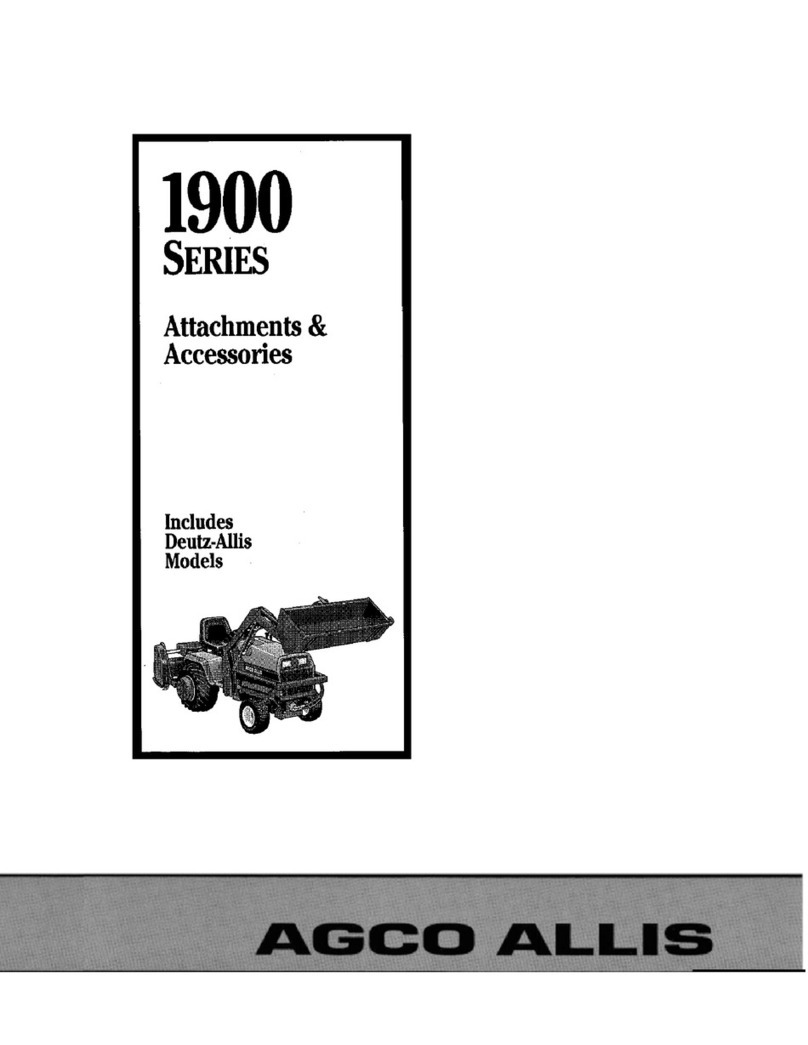
AGCO Allis
AGCO Allis 1900 Series User manual

AGCO Allis
AGCO Allis 1300 Series User manual

AGCO Allis
AGCO Allis 400 Series User manual

AGCO Allis
AGCO Allis 1692544 User manual
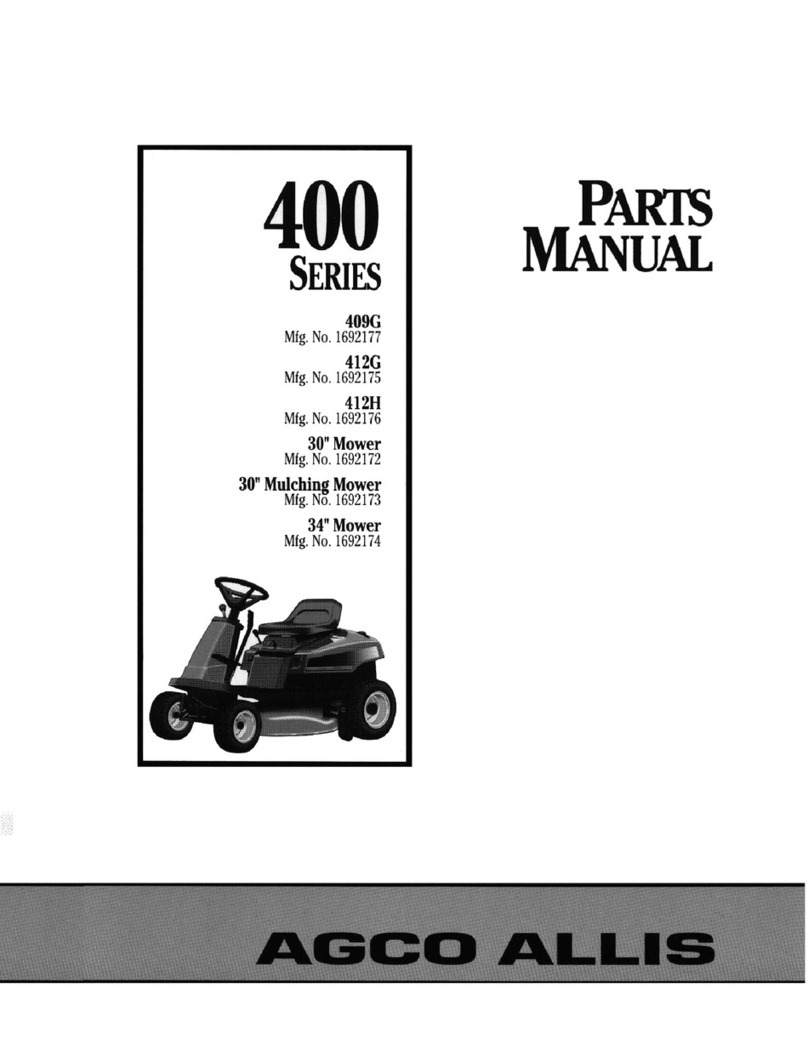
AGCO Allis
AGCO Allis 1692172 User manual
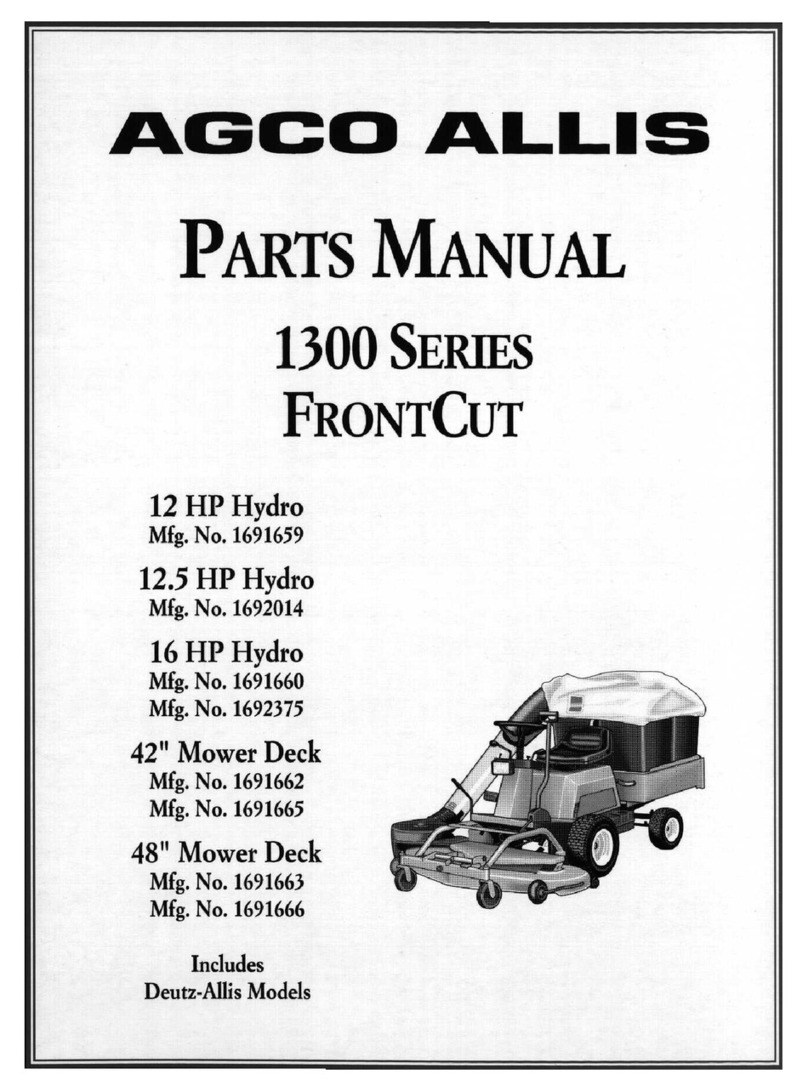
AGCO Allis
AGCO Allis 1691660 User manual
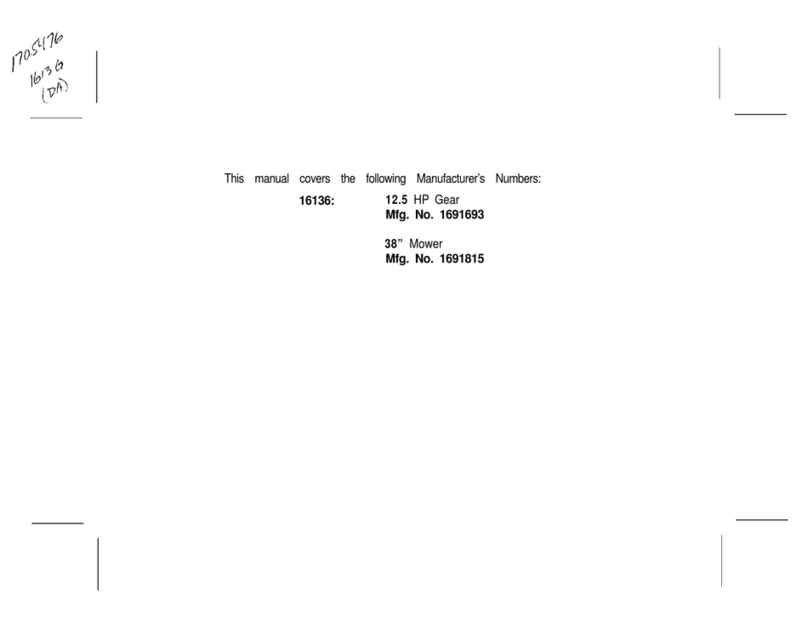
AGCO Allis
AGCO Allis 1691815 User manual
